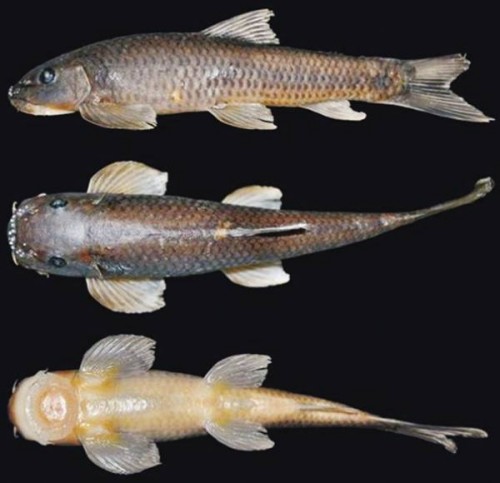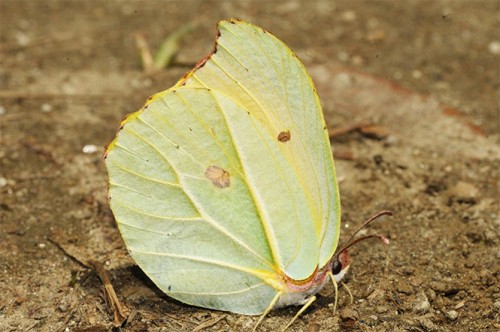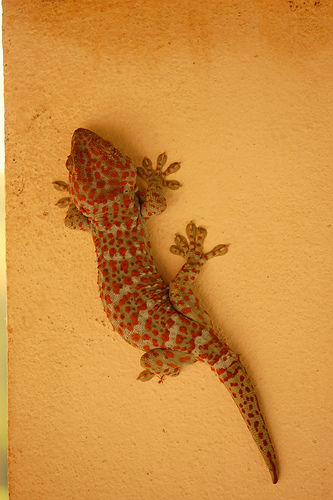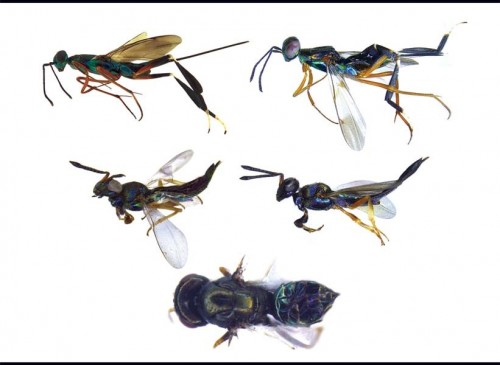NEW SPECIES SIGHTING: In a world that is striving to save its numerous endangered species from extinction, the discovery of a new species is a welcome sign of hope. Whenever a hitherto unknown species is discovered in some remote part of the globe, scientists and environmentalists as well as the community of nature lovers are thrilled to know that all is not grim for the animal and plant kingdoms.

One such discovery was recently made by an amateur naturalist in the waters of a tributary of the Siang River in Arunachal Pradesh. Lakpa Tamang, a former staff of the Northeast Unit of the G. B. Pant Institute of Himalayan Environment and Development, found a new species of Labeonine fish. Locally known as Ngop, the mid-sized fish belongs to the genus Garra.
Large Disc Fish
The exciting news of the discovery was confirmed by the scientist in-charge of the G. B. Pant Institution, Dr. Prasanna K Samal.
Speaking about the discovery, the director of the institution Dr. P. P. Dhyani said that the finding of the new species was the first such discovery in Upper Siang district. He also added that the discovery was recently published in a reputed German international journal, the Ichthyological Exploration of Freshwaters.
Tamang has taxonomically described and designated his find as Garra magnidiscus. Magnus in Latin means large, while discus signifies a disc. The name magnidiscus alludes to the very large adhesive disc that is characteristic of the species. The disc which is located in the posterior region of its mouth enables the fish to easily station itself in fast-flowing water.
About 80 species of fish come under the genus Garra. These species are native to a wide area that spreads from China through the Middle East and Arabian Peninsula, all the way to East and West Africa.
According to Tamang, “Seventeen such species are known to exist in Africa and nine in the Arabian Peninsula. The sighting of the new species takes the total number of Garra species found in the Northeast to 17, and their number in Arunachal Pradesh to 10.”
In addition to the latest discovery, Tamang is also said to have discovered the following three new species of catfish in the last few years while working at the G. B. Pant Institute.
- Erethistoides senkhiensis in the Senkhi stream in Papum Pare district.
- Glyptothorax dikrongensis in the Dikrong River also in Papum Pare district.
- Pseudolaguvia viriosa in the Sille River in East Siang district.
Siang River, along with the Lohit River, is a part of the great Brahmaputra River that flows through Assam. Siang originates in China and enters India in the Upper Siang District of Arunachal Pradesh. Siang River valleys and tributaries are home to the Adi (tribal) people of Arunachal Pradesh. One of the attractions of the picturesque river is a hanging bridge that connects tribal settlements in the neighbouring hills. The bridge is made of cane and bamboo and is around 60 to 70 meters long.
Just a few months after the discovery of a new rhododendron species in the state, this fish species discovery proves yet again the vast untapped biodiversity of Arunachal Pradesh.
More Related Stories,
Facts you Did not Know About Biodiversity of India
Artificial Beaks Help save the Hornbills
Black Necked Crane Spotted in Arunachal Pradesh






This fish is called Hiihesha in Rengma Naga Dailect in Karbi Anglong, Assam. Hiihesha is commonly found in the stoney fresh river flowing from the Rengma hills it is considered to be the most delicious fish since century. There are many more fishes to be discovered to the unknown here.